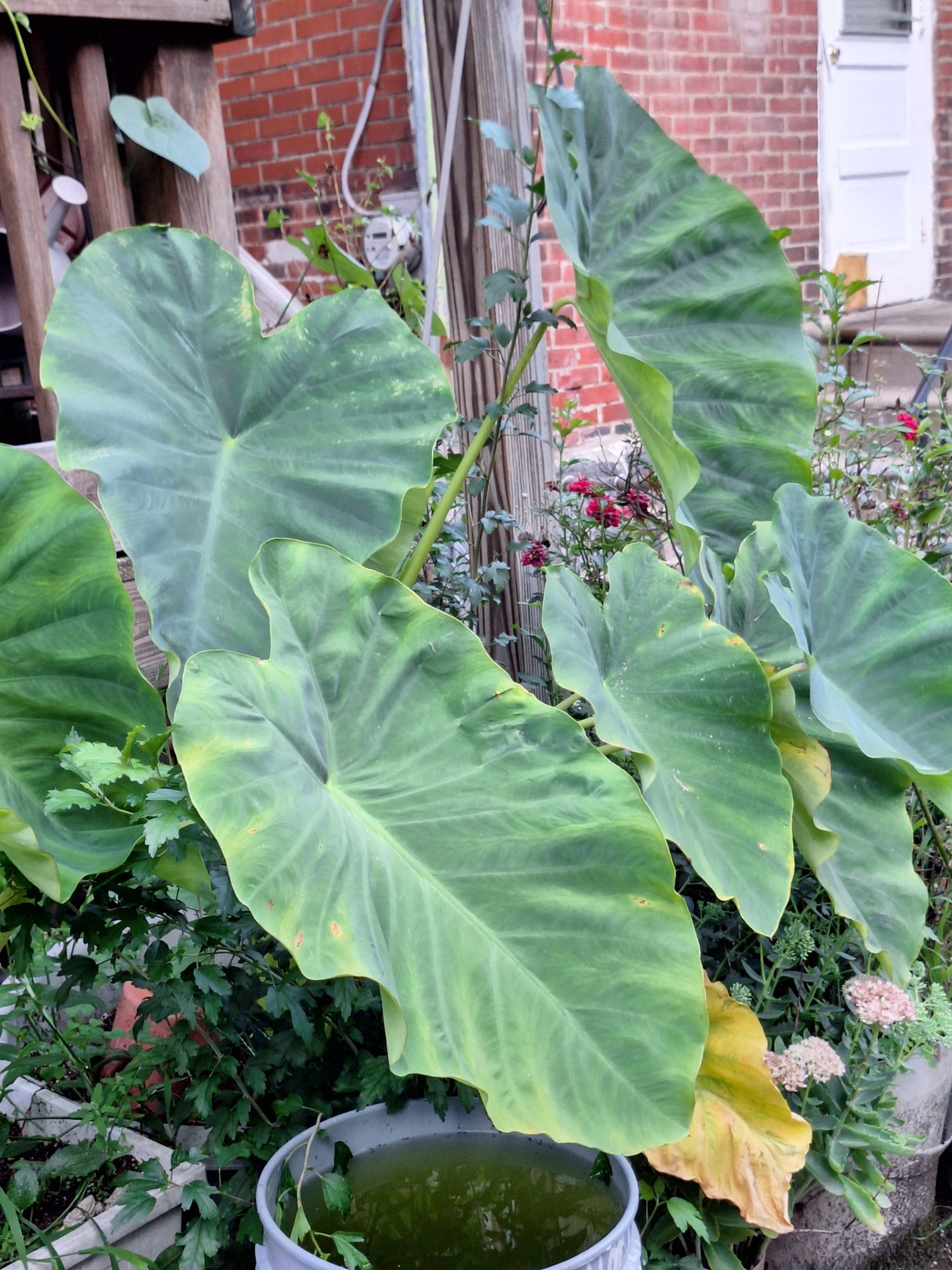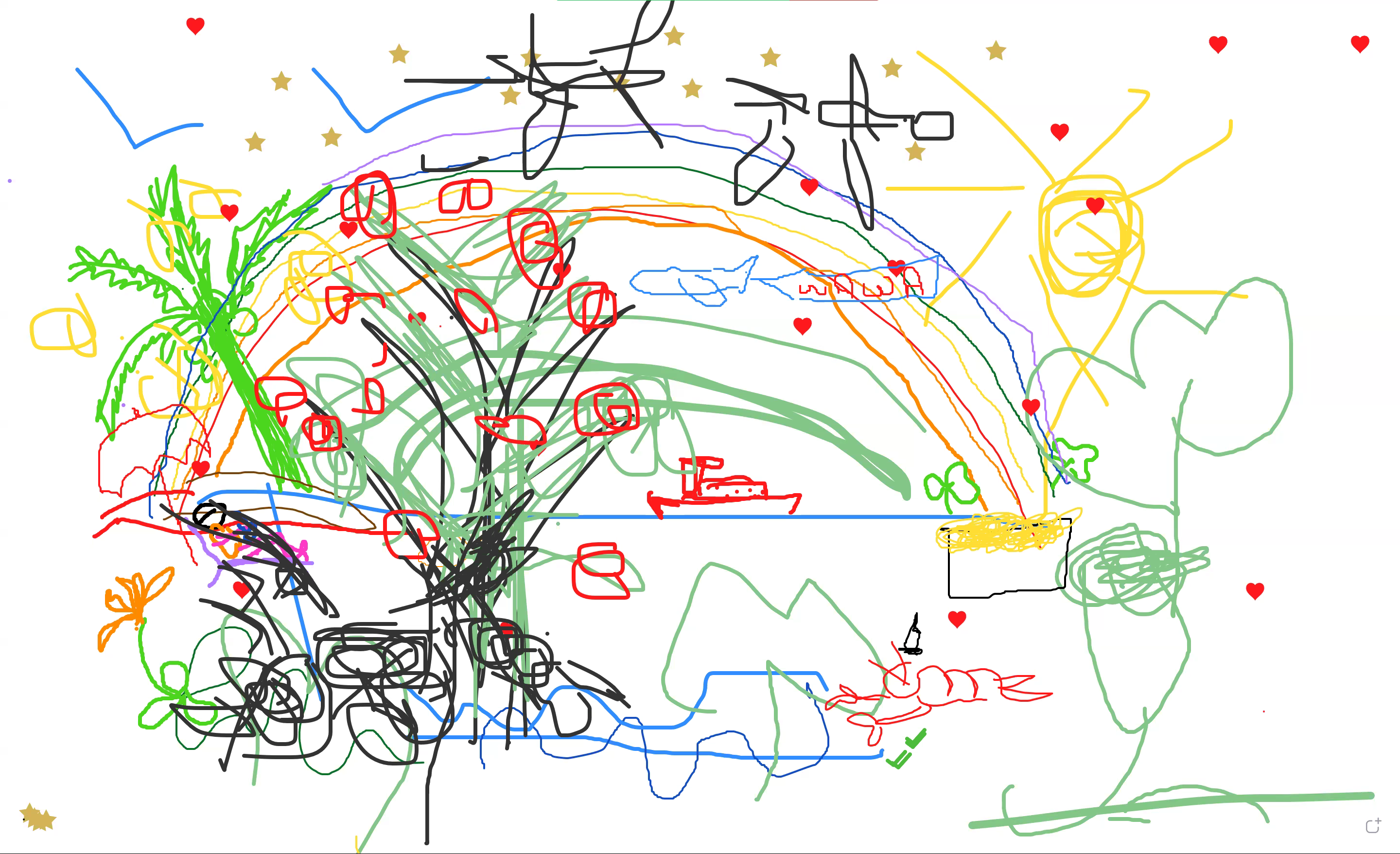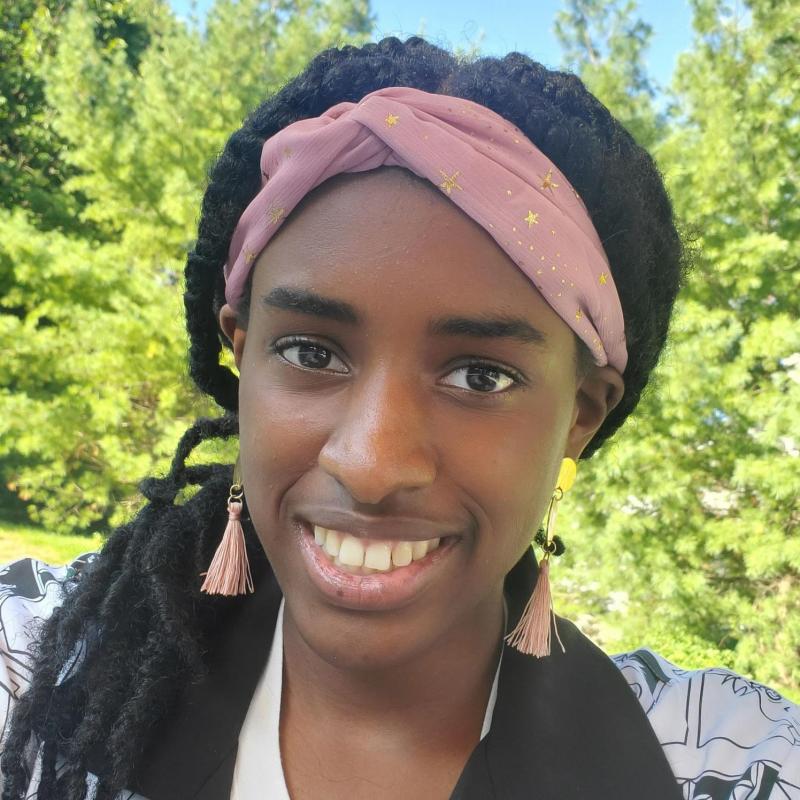Chronic pain is not a Death Sentence - How Power Over Pain changed my understanding of Chronic Pain

Before beginning my service term, I would have cringed with pity at the thought of someone living (or rather “suffering”) with chronic pain. However, thanks to participating in my host site’s “Power Over Pain” program, my feelings for people living with chronic pain have evolved into empathy and admiration.
Power Over Pain (POP) is a weekly, facilitator-led virtual discussion group through 11th Street (my host site) that invites patients and community members living with chronic pain to learn and share tools for pain management through discussion questions, activities, and guest facilitators. Sometimes, our sessions are more informational, such as when I gave a talk on how to improve sleep hygiene while managing chronic pain. At other times, the sessions are more interactive, such as when the 11th Street creative art therapists led sessions on using art for expression and healing. The frequency and intimacy POP provides have made it a safe space for many of our participants over the past couple of months.
The openness, honesty, and support of the participants make POP a truly special space. Whether they are feeling well, poorly, or indifferent, participants are eager and comfortable sharing how their pain affects them with the group. As a newcomer tasked with making weekly reminder calls to participants, it took me a while to adapt to talking to participants when they would mention their pain. I learned to gently acknowledge their statements, offer help if possible, and listen. This approach helped me realize that showing validation is crucial for building trust with people, and this collective understanding has helped make POP a safe space for sharing. Some of the most heartwarming moments have been when participants shared advice outside of pain management, with one of our most revisited topics being gardening and plant care! This resource-sharing reflects the collaborative wealth of knowledge POP provides and shows that participants are more than their chronic pain challenges.

POP participants also shared valuable insights that have made my understanding of chronic pain more nuanced and authentic. In group, we often discuss recognition of the pain cycle - the presence of pain can negatively impact one’s activity and mood, which can worsen the pain, causing the cycle to repeat itself. Understanding this cycle can help people realize that they are in more control of their pain than they expect and can thus take action that helps them manage the pain better. Consequently, we frequently discuss mindfulness practices. Being mindful of how one’s relationship with pain is constantly changing and influenced by one’s actions can help them develop a healthier relationship with their body and pain. For example, when we practice short meditations or body scans together, POP participants often share afterward that the practices helped them relax, think about the pain less, and appreciate certain parts of their bodies more.
As an aspiring physician dedicated to healing and uplifting my patients, I am eager to apply the lessons I have learned from POP to my practice!
Key Takeaways (and advice for healthcare providers):
- Remain accommodating, compassionate, and patient. Chronic pain can be a source of stress and frustration that may impact how a patient treats themselves and others. Invalidating their feelings may only exacerbate their pain and make things worse.
- Patients are the experts of their conditions. The role of a provider, especially a doctor, is to empower patients by providing them with the tools to take care of themselves. Therefore, providers must work with, rather than talk at, their patients to ensure that their partnership effectively benefits and respects the patient.
- Patients are more than their chronic pain. They can have hobbies, interests, and goals while living with chronic pain. Providers should be eager and curious to learn about their patients as people first, while helping them adapt to life with chronic pain.

